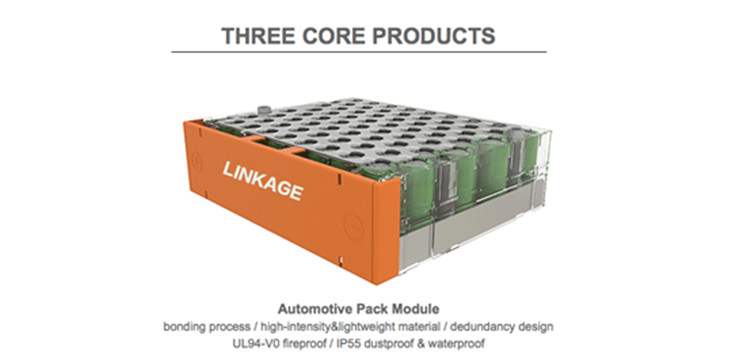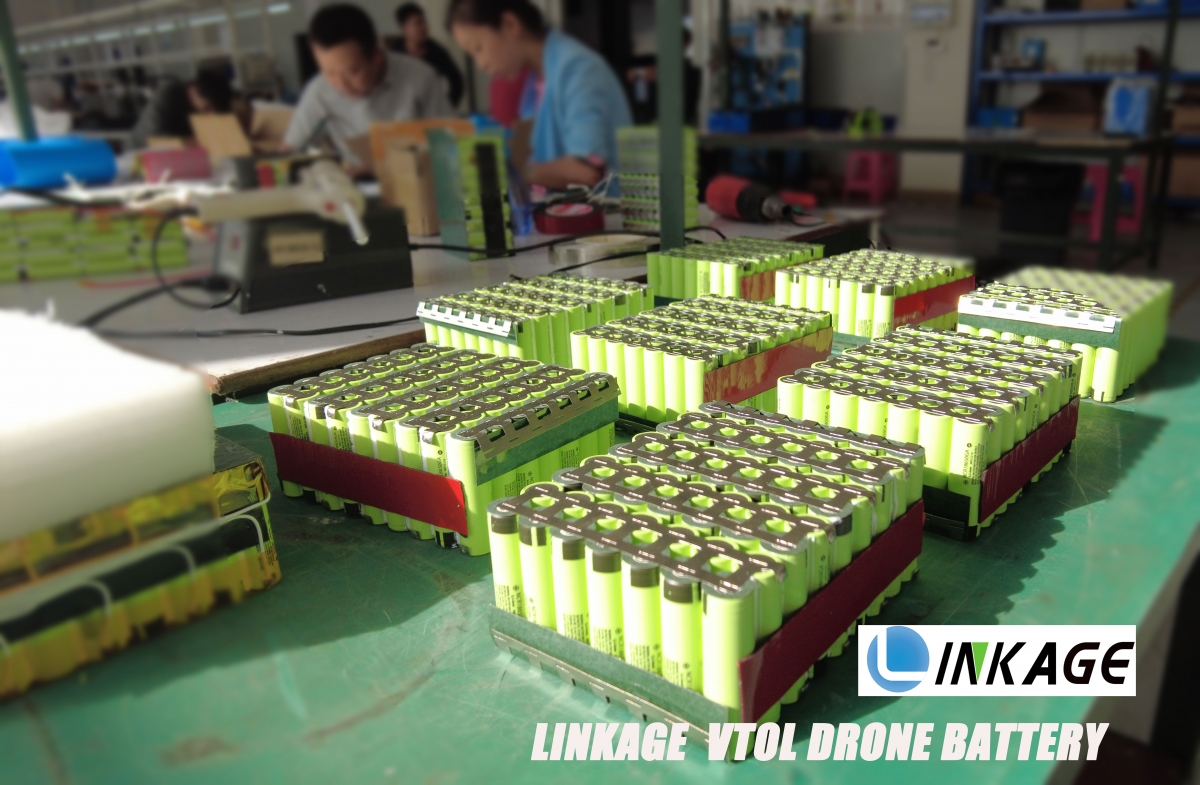- 16
- Mar
Cylinder, soft package, square – packaging method inventory
Lithium battery packaging forms are three-legged, that is, the three most widely used cylinders, soft packs and squares. The three packaging forms have their own advantages and disadvantages, and can be selected according to their use.
1. Cylindrical
Cylindrical lithium battery was first invented by SONY company in Japan in 1992. Because 18650 cylindrical lithium battery has a long history, the market penetration rate is high. Cylindrical lithium battery adopts mature winding process, high degree of automation, and product quality Stable and relatively low cost. There are many types of cylindrical lithium batteries, such as 17490, 14650, 18650, 26650,
21700 etc. Cylindrical lithium batteries are popular among lithium battery companies in Japan and South Korea.
The advantages of cylindrical winding type include mature winding process, high degree of automation, high production efficiency, good consistency, and relatively low cost. The disadvantages include low space utilization caused by cylindrical shape and temperature distribution caused by poor radial thermal conductivity. Wait. Due to the poor radial thermal conductivity of the cylindrical battery, the number of winding turns of the battery should not be too many (the number of winding turns of the 18650 battery is generally about 20 turns), so the monomer capacity is small, and a large amount of battery is required for application in electric vehicles. Monomers form battery modules and battery packs, which greatly increases connection loss and management complexity.

Figure 1. 18650 cylindrical battery
A typical company for cylindrical packaging is Japan’s Panasonic. In 2008, Panasonic and Tesla cooperated for the first time, and the 18650 lithium cobalt oxide battery was adopted by Tesla’s first model Roadster. In 2014, Panasonic announced a joint venture with Tesla to build Gigafactory, a super battery factory, and the relationship between the two went further. Panasonic believes that electric vehicles should use 18650 batteries, so that even if one battery fails, it will not affect the operation of the entire system, as shown in Figure 2.
चित्र
Figure 2. Why choose 18650 cylindrical battery
There are also large-scale enterprises producing cylindrical lithium batteries in China. For example, BAK Battery, Jiangsu Zhihang, Tianjin Lishen, Shanghai Delangeng and other enterprises are in the leading position of cylindrical lithium batteries in China. Iron-lithium batteries and Yinlong fast-charging buses use lithium titanate batteries, both in the form of cylindrical packaging.
Table 1: Statistics on the installed capacity of the top 10 cylindrical battery companies and their corresponding models in terms of single energy density in 2017
चित्र
2. Soft bag
The key materials used in soft-pack lithium batteries—positive electrode materials, negative electrode materials and separators—are not much different from traditional steel-shell and aluminum-shell lithium batteries. The biggest difference is the flexible packaging material (aluminum-plastic composite film). It is the most critical and technically difficult material in soft-pack lithium batteries. Flexible packaging materials are usually divided into three layers, namely, an outer barrier layer (generally an outer protective layer composed of nylon BOPA or PET), a barrier layer (aluminum foil in the middle layer) and an inner layer (multifunctional high barrier layer).

Figure 3. Aluminum plastic film structure
The packaging material and structure of pouch cells give them a range of advantages. 1) The safety performance is good. The soft-pack battery is packaged with aluminum-plastic film in structure. When a safety problem occurs, the soft-pack battery will generally burst and crack, and will not explode. 2) Light weight, the weight of the soft pack battery is 40% lighter than that of the steel shell lithium battery with the same capacity, and 20% lighter than that of the aluminum shell lithium battery. 3) Small internal resistance, the internal resistance of the soft pack battery is smaller than that of the lithium battery, which can greatly reduce the self-consumption of the battery. 4) The cycle performance is good, the cycle life of the soft pack battery is longer, and the decay after 100 cycles is 4% to 7% less than that of the aluminum case. 5) The design is flexible, the shape can be changed to any shape, it can be thinner, and new cell models can be developed according to customer needs. The disadvantages of soft pack batteries are poor consistency, high cost, easy leakage, and high technical threshold.
चित्र
Figure 4. Soft pack battery composition
World-class battery manufacturers such as South Korea’s LG and Japan’s ASEC have mass-produced soft-pack power batteries, which are used in electric models and plug-in hybrid models of large car companies such as Nissan, Chevrolet, and Ford, including the world’s three largest production and sales models. Leaf and Volt. my country’s battery giant Wanxiang and the latecomers Funeng Technology, Yiwei Lithium Energy, Polyfluoride, and Gateway Power have also begun mass production of soft pack batteries to supply large car companies such as BAIC and SAIC.
3. Square battery
The popularity of square batteries is very high in China. With the rise of automotive power batteries in recent years, the contradiction between vehicle cruising range and battery capacity has become increasingly prominent. Domestic power battery manufacturers mostly use aluminum-shell square batteries with high battery energy density. , Because the structure of the square battery is relatively simple, unlike the cylindrical battery, which uses high-strength stainless steel as the shell and accessories with explosion-proof safety valves, the overall accessories are light in weight and relatively high in energy density. The square battery case is mostly made of aluminum alloy, stainless steel and other materials, and the internal use of winding or lamination process, the protection of the battery is better than that of aluminum-plastic film battery (ie soft-pack battery), and the safety of the battery is relatively cylindrical. Type batteries have also been greatly improved.

Figure 5. Square cell structure
However, since the square lithium battery can be customized according to the size of the product, there are thousands of models on the market, and because there are too many models, the process is difficult to unify. There is no problem in using square batteries in ordinary electronic products, but for industrial equipment products that require multiple series and parallel, it is best to use standardized cylindrical lithium batteries, so that the production process is guaranteed, and it is easier to find replacements in the future. Battery.
Domestic and foreign companies that use square as the packaging process mainly include Samsung SDI (the packaging form is mainly square, and the positive electrode material uses ternary NCM and NCA materials. It is actively following up the production of 21700 batteries), BYD (power batteries are mainly square aluminum shells) , the cathode material is mainly lithium iron phosphate, and it has also been conducting research and development and technical reserves of ternary batteries), CATL (the products are mainly square aluminum shell batteries, and the cathode material includes lithium iron phosphate and ternary. Lithium iron phosphate technical route Mainly used in energy storage and buses, CATL began to fully turn to ternary materials in 2015, providing ternary battery packs for passenger cars of BMW, Geely and other companies), Guoxuan Hi-Tech (mainly in the form of square packaging, and the positive electrode material includes Lithium iron phosphate and ternary materials), Tianjin Lishen, etc.
In general, the three packaging types of cylindrical, square and soft packs have their own advantages and disadvantages, and each battery has its own dominant field. The best packaging method can be determined according to the material characteristics of the battery, product application fields, product characteristics, etc. combined with the characteristics of the packaging form. However, each packaging type of battery has its own technological difficulties. Good battery design involves complex problems in many fields such as electrochemistry, heat, electricity, and mechanics, which puts forward high requirements for battery designers. Lithium battery people still need to continue effort!
